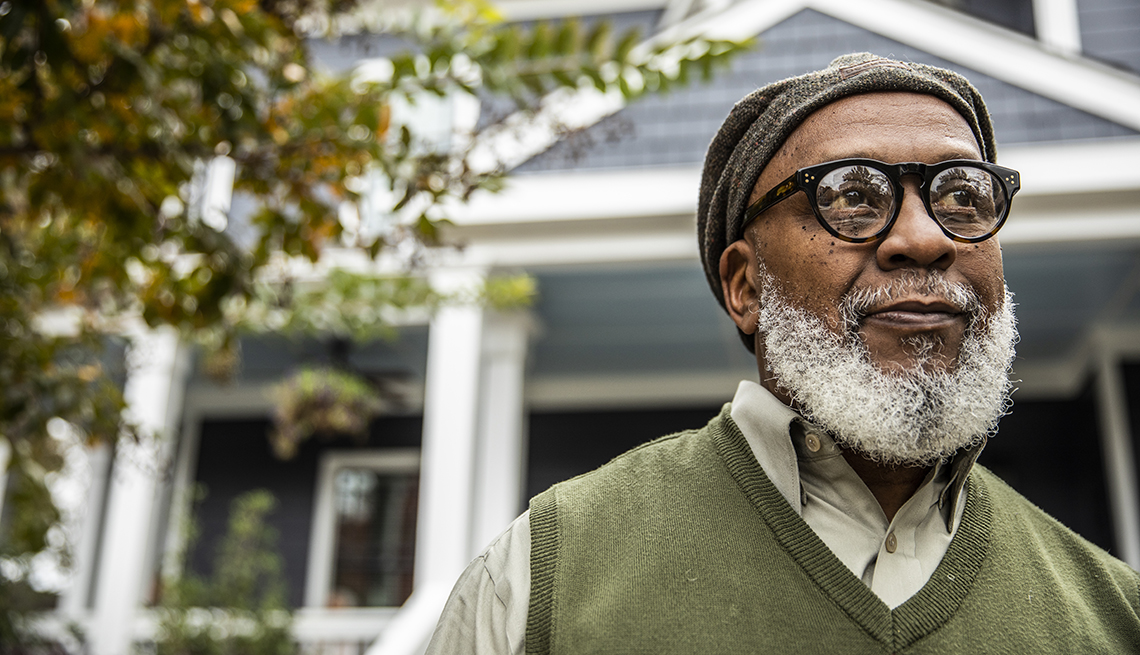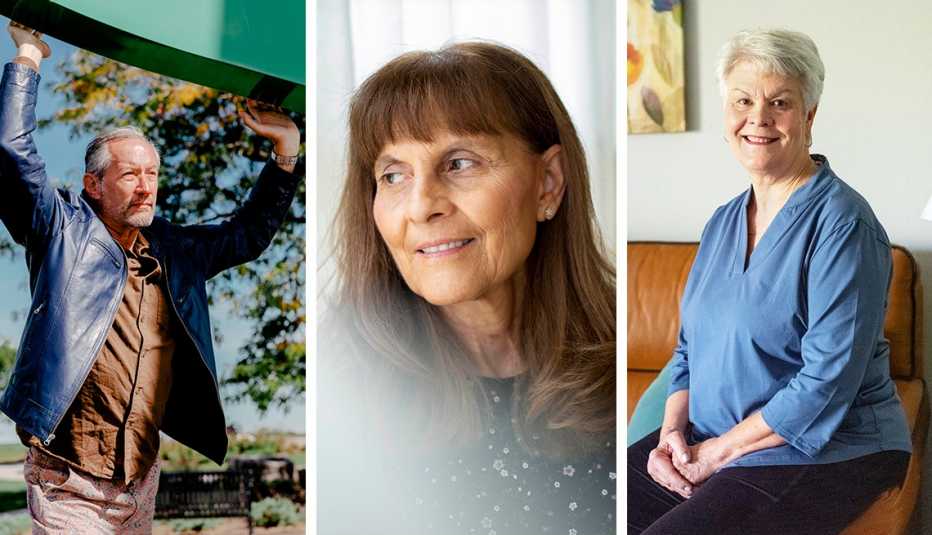AARP Hearing Center
Housing ranks among the biggest monthly expenses, but few older adults consider the most appropriate home settings for their needs until a family member or other caregiver presses for a move or an accident necessitates it.
“Some people are in such denial and think they can live where they are forever,” says Robyn Golden, codirector of the Center for Excellence in Aging and chair of the Department of Social Work at Rush University Medical Center in Chicago.
In fact, one recent national poll from the University of Michigan’s Institute for Healthcare Policy and Innovation, sponsored by AARP, found that 88 percent of Americans ages 50 to 80 wanted to live in their own homes as long as possible. But only 15 percent had given a lot of consideration to the home modifications needed to do so; and just 19 percent expressed confidence they could afford to hire help, whether for chores or for personal care.
Almost half of adults 50 and older who are homeless became unhoused for the first time later in life, says Margot Kushel, M.D., a professor of medicine and director of the Benioff Homelessness and Housing Initiative at the University of California San Francisco.
Housing is limited for older people needing financial assistance, so it pays to plan. For those with savings, the broad range of housing options may include some built-in care.
For those who need little help
1. Accessory dwelling units (ADUs). These small apartments, often called granny flats or mother-in-law suites, may be an addition to a family member’s house or a separate home on the property. “It’s an easy way to take care of Mom,” says Yvonne Cudney, community outreach and education coordinator at the University of Michigan Health Housing Bureau for Seniors. More jurisdictions in Sun Belt states and metropolitan areas are making it easier to add ADUs. Their popularity has increased in the past two decades, especially in the most unaffordable housing markets in the country, says Stephen M. Golant, a professor of geography at the University of Florida who specializes in housing for older adults.
2. Age-restricted communities. By law, at least 80 percent of the homes in these communities must include one resident age 55 or older, but most set that percentage threshold even higher. These active adult communities often offer swimming pools, tennis and pickleball courts, and other amenities for residents along with child-free living.
“Little ones can come visit, but they can’t live there,” Cudney says.
3. Senior apartments. These rental units are typically restricted to people 55 and older and may include age-friendly features, such as limited stairs and grab bars. Some housing is subsidized, enabling residents to qualify for a reduced rent, Cudney says.








































































